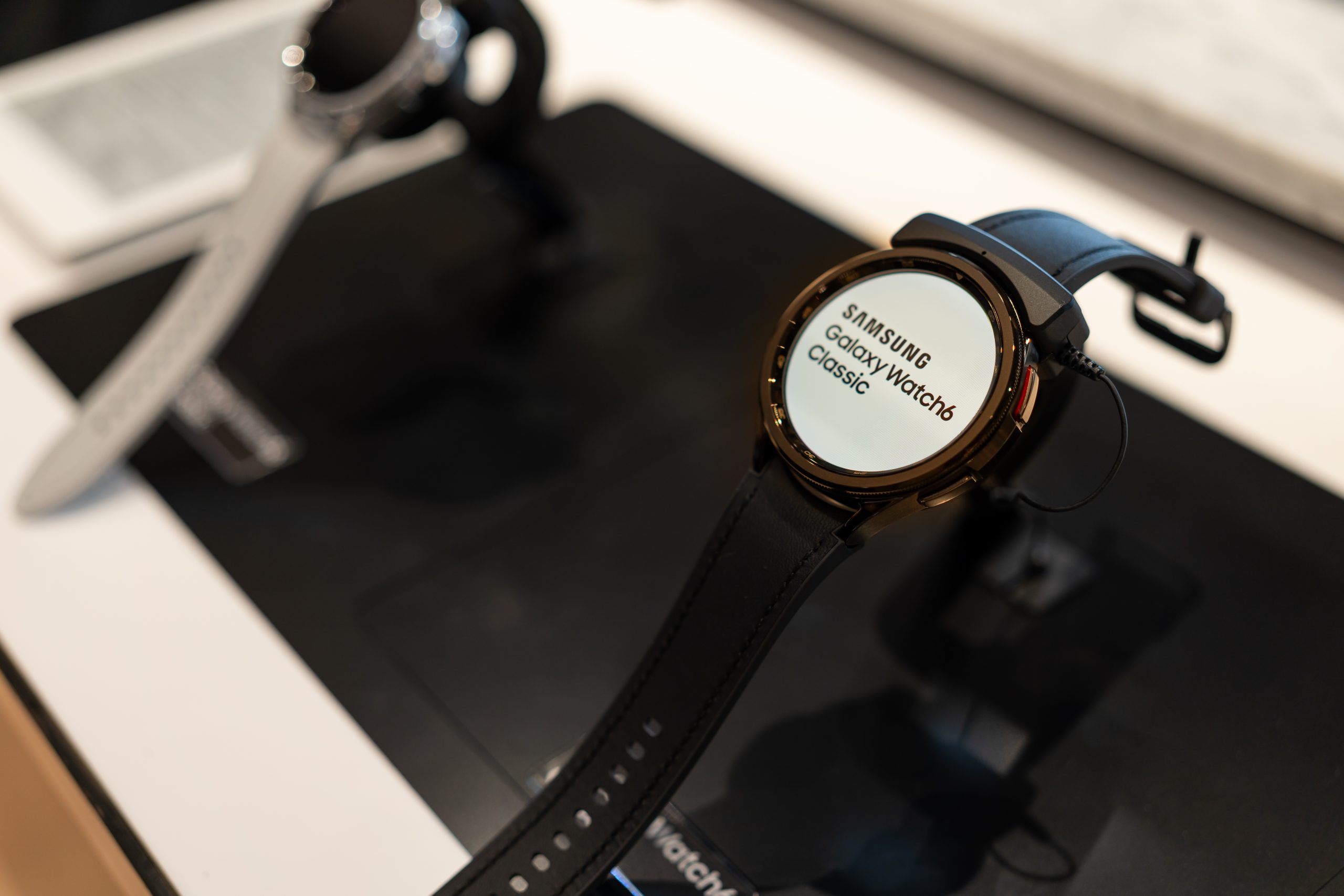In this article, we will show you how to install new over-the-air updates on your Google Pixel 8 device even though it has been rooted. This process will be the same even if you have the larger Google Pixel 8 Pro, so it doesn’t matter which 2023 Google Pixel smartphone you have; this tutorial will walk you through all the steps.
Installing OTA updates on a Rooted Google Pixel 8
Open Magisk and Disable Modules
Now, the first thing we will need to do is open up the Magisk application and then we will tap on the modules tab at the bottom right; we will need to disable all the modules we have installed.
So, let’s tap on the toggle next to each module you have installed and ensure they are all greyed out. Once that is done, reboot your Google Pixel 8 or the Pixel 8 Pro and this will help prepare your device for the firmware you are about to install.
Preparing for Firmware Installation
This firmware will be installed via the Android Flash tool website, which you can visit from the link or search for the website on Google. Once you visit the website, scroll through until you find the device that you currently own. If you own the Google Pixel 8 Pro, you will want to look for the firmware in that section but if you own the regular Pixel 8 like we do, you will searcch for the latest firmware for that device. The newest version available for each device is usually listed at the bottom of the list in the device’s section.
You will have to look for the firmware you want to install on your device and when you find the firmware file that you want to install, click The Flash button next to the device’s name.
Using the Android Flash Tool
That will take you to the Android flash tool, and you have to go ahead and click on Get Started. If you have yet to install the proper USB drivers, you can download them, and now it will ask for ADB access.
Click on the blue Allow ADB access button, which will take you to the installation build page for the Android Flash tool. You should see a message about no devices available since you have yet to plug in your device.
Again, if you still need to install the USB drivers, do that; then you have to enable developer options, and you have to do that to enable USB debugging mode. If you are still getting familiar with how to do either of these things, please check the articles on our website, as we already have guides on that, too.
Plug your Google Pixel 8 or the Pixel 8 Pro into your PC with a USB cable, allowing you to select the phone from the list. Let’s go ahead and click on add a new device, which should pop up a menu listing your Pixel 8 or the Pixel 8 Pro.
Installing the Firmware
- Go ahead and select it, and then click on Connect Now. As a side note, if you get told that another program is using the device, you likely have an ADB service running in the background on the PC. If that is the case for you, you will see a message there telling you to run the ADB space kill-server command to fix that issue.
- You will be notified on the screen if you have not authorized your PC for USB debugging mode access. That means you will see a prompt on your pixel phone telling you to allow USB debugging mode access.
- So, you have to select your device and then several advanced options will be added to the list. However, we are just going to leave all of these unchecked. Still, if you need to keep Verity and Verification disabled for other reasons like a custom kernel, then this is where you would check or enable these options that are currently turned off. We want to install the latest update, so we will ignore them for now.
- When you are ready, click on the blue install build button to summarize what will happen. You will see your Google Pixel 8 being selected/highlighted and the firmware version that will be installed.
- You will be told to only interact with the device if instructed and not to unplug the device. So, go ahead and click confirm and then click on accept.
- Afterwards, Ensure that your Google Pixel 8 or the Pixel 8 Pro maintains a stable connection to your PC with the USB cable. So, there is no need to move the phone around and there is also no need to touch the cable either. Just let the program update your Google Pixel 8 for you.
- Now, what is happening is that the Android flash tool is downloading the firmware and it is going to flash it for you. You are told to reselect your device during the process, so you must click reselect device and pick your Google Pixel 8 again.
- Click connect and you may or may not see that when you do this on your own, those messages sometimes pop up, and sometimes they do not. So, as we mentioned, the Android flash tool will download the firmware from the internet and then temporarily store it on your PC.
- After this has been downloaded, the Android Flash tool will extract all of the firmware files so that it can manually install them on your device one at a time and you can follow along with all of these steps directly from there.
You can also see all of the partitions being flashed and all of the firmware files installed after that firmware has been disabled. You can also see a progress meter and a log output.
Finalizing the Update
You must ensure you don’t touch your Google Pixel 8 or the Pixel 8 Pro during all this process, Please wait for it to complete. Once everything has been completed, you will get a green install complete message in the Android flash tool on your Google Pixel 8 or the Pixel 8 Pro.
Your device will reboot on it’s own; that is when it will be safe to unplug the USB cable and now you only need to wait until the smartphone boots back into the Android operating system.
You can go into the About Phone section of your device in the settings app and check the updated version and the month of the update. Sadly, the way Google sets up these Pixel devices right now, there aren’t many easy ways of installing new updates while keeping the Phone rooted.
Addressing Root Access Post-Update
So, now that the phone has been updated, you have lost root access because the Magisk Manager app is no longer installed. Magisk technically has a feature that will install itself to the inactive partition, which is recommended after you install a new over-the-air update. However, that tends to be buggy and on multiple occasions, it has resulted in a boot loop. So, it is something other than what we recommend to the general public.
Now that the phone has been updated, you simply need to root it again, and seeing as though you have already done this before, you know all of the steps involved because the process will be the same.
We only need to download the firmware that matches what we have installed, patch the init_boot image file with Magisk, and then flash it to the init_boot partition via fast boot mode.
Conclusion
We understand that having to re-root the device every month after installing a new over-the-air update can be annoying. Still, with this method, you don’t have to worry about the latest boot looping due to Magisk not being compatible with the update, which we saw often happening when you use the install to inactive partition option within Magisk. So, the method we showed you here in this article will allow you to update to a clean slate while enabling you to root the device again.








